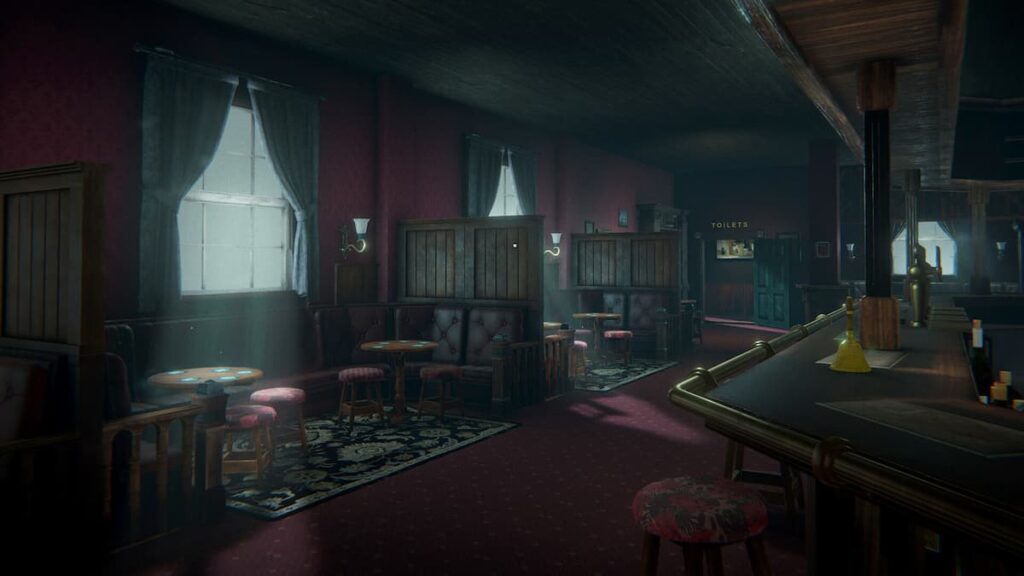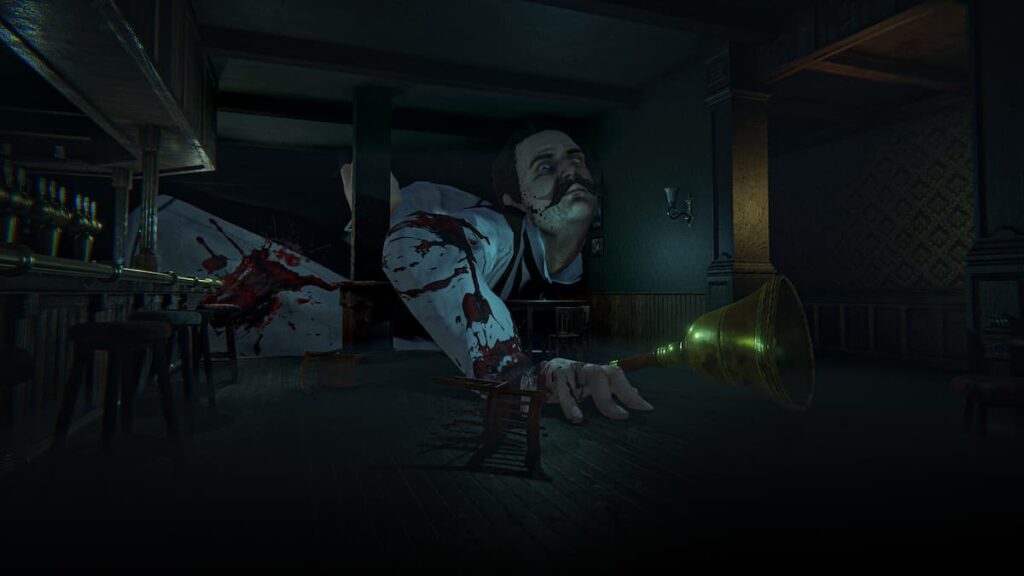Skip To...
Note: This article doesn’t contain major story spoilers for Ten Bells, but there are details of the anomalies you may encounter.
I have a complicated relationship with horror games. On the one hand, some of my favorite games, such as Dead Space and Alien Isolation, definitely fit into that genre. But I have to be very sparing with the horror titles I play. Fatigue quickly sets in, particularly when the game primarily relies on cheap jump scares. Which is why I approached Ten Bells, by developers Hillfort Games and Acrylic Pixel, with caution, despite the positive comments I’d heard about it. In short, I needn’t have worried. Ten Bells is a masterclass in horror design, and here’s why.
Bells and Whistles

Ten Bells, released in August 2024, is an entry into the “anomaly” sub-genre. This means that the core gameplay loop involves detecting anomalies in the environment and then responding to them in some way.
You play as an unidentified protagonist who is tasked, through smart diegetic instructions, to navigate what seems to be an early 20th-century English pub. You’re told to proceed to Private Room if you don’t find an anomaly or retreat to your starting location if you do. The latter usually involves your heart thudding in your chest. What follows is a seemingly infinite loop as you traverse the same interior, constantly looking for anomalies. At the start of each “run”, a new bell is added if you successfully established whether an anomaly was present. Your goal? Accumulate ten bells.
The premise is a simple one, but it’s executed to perfection. Rather than try to extend the game in breadth, the developers have wisely focused on giving the experience great depth. As opposed to railing against their technical and, presumably, budget constraints, they’ve embraced them. What results is a focused, assured vision, and a damn scary game at that.
Hell’s Bells

The problem that many horror games face is around predictability. A jump scare may frighten the living daylights out of you once, but it doesn’t work again. Ten Bells cleverly avoids this problem by incorporating roguelike elements. You see, if you miss an anomaly and proceed through the wrong door, or are caught by the handful of anomalies that can kill you, you’re sent back to the start. You lose all bell progress.
As a result of this very clever formula, a few things happen. First, you find yourself paying extremely close attention to your environment to detect anomalies. Sometimes the anomalies are big and obvious (see the screenshot above, for example), but sometimes they’re more subtle. Because missing an anomaly and proceeding through the wrong door is effectively dying, you become conditioned to search closely for things that have changed.
In turn, this leaves you far more susceptible to jump scares. Often, you’re busy peering at a painting to see if it has changed color when a terrifying creature suddenly lurches after you, its ragged breathing sending chills down your spine. Cue wild squealing. And because getting caught by the pursuer or otherwise unpleasantly killed means progress is lost, the threat is palpable.
All these features build upon and amplify each other to create a potential cocktail and tension and paranoia. When missing tiny details can be the difference between progress and failure, you need to examine the details. And when you make it to the tenth bell and the story fits neatly into place, the reward is a sense of relief and satisfaction that only such an effectively-designed horror game can give you.
In short, Ten Bells is something of a horror masterpiece. Don’t be fooled by its simple premise and budget price. It’s a tight, brilliantly designed game that absolutely deserves the hour or so it’ll take you to get to the tenth bell. Unless you keep missing anomalies or losing your cool when an abomination is chasing you. Then it might take a little longer. Ahem. Not speaking from experience or anything.
And besides, after all that, you still need to find a way to break free of the loop. Pubs are great, but at some point you really do just have to go home.








